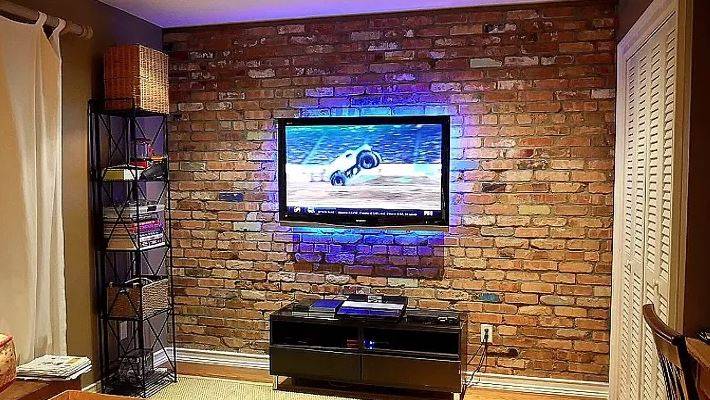Reclaimed bricks, with their rustic charm and historical significance, have become a popular choice in new architecture. However, misconceptions about using these vintage building materials persist. In this article, we’ll debunk five common myths surrounding the reuse of reclaimed bricks, shedding light on their feasibility and benefits in contemporary construction.
Myth 1: Reclaimed Bricks Lack Structural Integrity
The Truth:
Contrary to the belief that reclaimed bricks are structurally compromised, proper sourcing and inspection ensure their durability. Reclaimed bricks often come from well-preserved structures and undergo rigorous testing before reuse, making them a reliable choice for new constructions.
Myth 2: Reclaimed Bricks Are Prone to Pests and Mold
The Truth:
While it’s essential to inspect reclaimed bricks for pests and mold, proper cleaning and treatment mitigate these concerns. Reputable suppliers thoroughly assess and sanitize reclaimed bricks, ensuring they meet modern construction standards. Vigilance during the selection process is key to preventing potential issues.
Myth 3: Reclaimed Bricks Are Expensive and Inaccessible
The Truth:
The perception that reclaimed bricks are prohibitively expensive and challenging to obtain is outdated. With the growing demand for sustainable building practices, an increasing number of suppliers offer affordable options. Additionally, the uniqueness of reclaimed bricks often outweighs the cost, providing a distinctive character to new structures.
Myth 4: Reclaimed Bricks Limit Architectural Creativity
The Truth:
Some may believe that using reclaimed bricks restricts architectural creativity. On the contrary, these bricks offer a versatile aesthetic, blending seamlessly with various design styles. Their weathered appearance adds character, and architects can play with patterns and layouts to achieve unique and personalized results.
Myth 5: Reclaimed Bricks Contribute to Environmental Issues
The Truth:
Reclaimed bricks are a sustainable choice, as they reduce the demand for new clay extraction and brick manufacturing. By repurposing existing materials, the environmental impact is significantly lower. Choosing reclaimed bricks aligns with eco-friendly practices, contributing to a more sustainable construction industry.
Best Practices for Reclaimed Brick Usage
1. Thorough Inspection:
Before purchasing reclaimed bricks, conduct a comprehensive inspection for structural integrity, pests, and mold. Reputable suppliers provide detailed information about the origin and condition of their reclaimed materials.
2. Professional Installation:
Hire experienced contractors familiar with working with reclaimed bricks. Proper installation ensures the bricks perform well structurally and aesthetically.
3. Preservation Techniques:
Implement preservation techniques, such as sealing and cleaning, to enhance the longevity of reclaimed bricks. This helps maintain their appearance while preventing potential issues.
4. Architectural Integration:
Embrace the unique character of reclaimed bricks by incorporating them thoughtfully into the architectural design. Their distinctive qualities can elevate the overall aesthetic of a building.
5. Sustainable Choices:
Select reclaimed bricks as part of a broader commitment to sustainable construction practices. This not only reduces the environmental impact but also contributes to the preservation of historical materials.
Conclusion
Reclaimed bricks offer a sustainable and aesthetically pleasing option for new architecture. Debunking these common myths highlights the viability and benefits of incorporating these timeless materials into modern construction projects. By understanding the truth behind these misconceptions, architects and builders can confidently embrace the charm and sustainability of reclaimed bricks in their designs.



